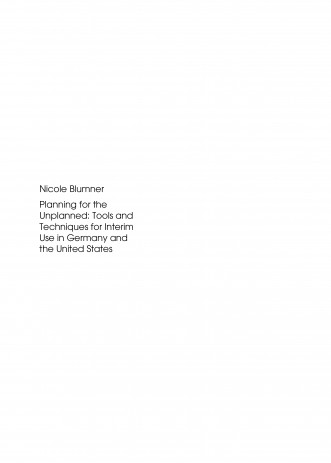Making the Follow-up Costs of Settlement Development Transparent
Cost-benefit analysis tools and models

Difu Papers, 2009, 2 overviews, 1 figure, englisch, 20 p., Deutsches Institut für Urbanistik 2009
Content
The anticipated demographic change, especially a declining and ageing population, requires sound municipal decisions related to future land use. Inter-municipal competition for new residents and zoning new land for development no longer appear to be adequate solutions. Instead, there is an increasing need for settlement development and urban planning that more forcefully considers the short-, mid- and long-term investment and operational costs of technical and social infrastructures. Greater emphasis on cost transparency can help avert urban sprawl that brings with it unfavourable social, economic, and ecological impacts. In the long term, sufficient settlement and population densities are required in order to ensure the cost-effectiveness of infrastructures for local and private budgets. In many areas, infrastructures must be adapted to changing age patterns and a future decline in population. A systematic assessment of future expenditures and revenues related to zoning decisions will be required to meet these challenges. Municipalities can employ cost-benefit analysis, fiscal impact assessments and urban planning cost-calculation tools to aid them in this endeavour.

